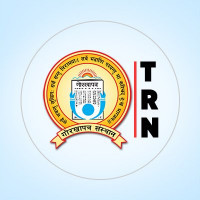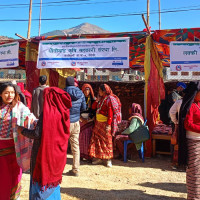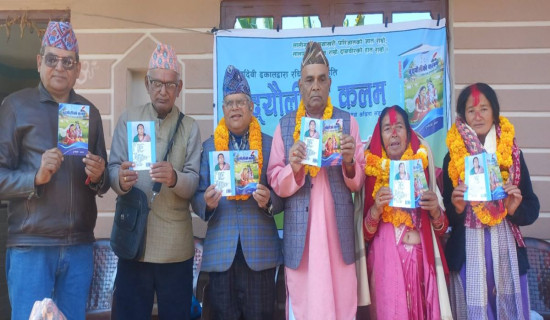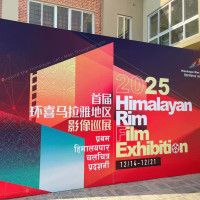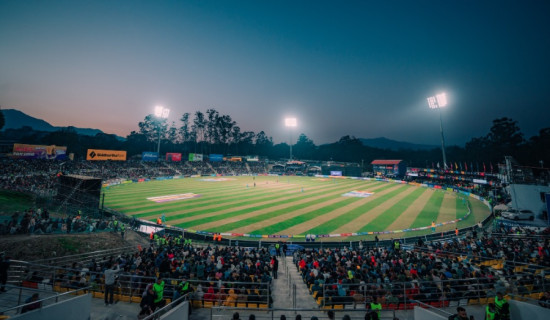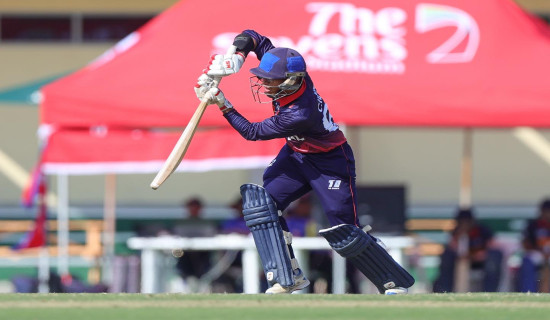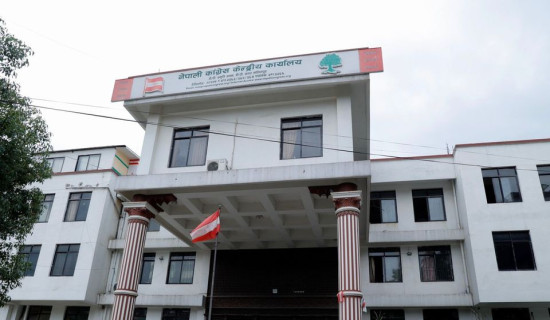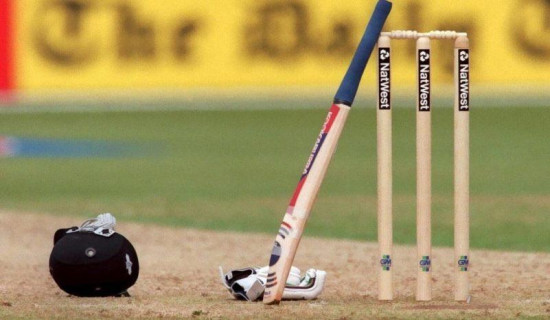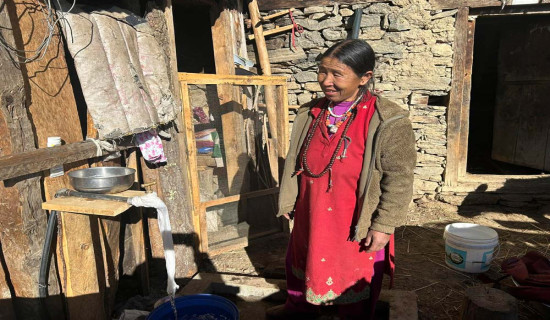- Monday, 15 December 2025
Rock music sustains its legacy with Band Champion Nepal
By Mannu Shahi
Rock music over the span of many decades has well managed to cement its place in the Nepali music industry as a firm, influential and diverse genre. Arguably this style was entertained for the first time in Nepalese context around the mid-1970s’ with the formation of Prism and there has been no refrain in its popularity and evolution ever since.
Many rock artists have time and again intrigued the Nepali audience with their honesty, creativity and depth of expression solely through the music and lyrics. And multiple renditions, variety in approach as well as further experimentation by fusing the style with native elements has additionally helped in the sustainability and relevance of the genre.
With big consistent names dominating the music industry, representing their individual approach towards this very style of music, like Nepathya, 1974AD, Robin & The New Revolution, Sabin Rai & The Pharaoh, Mukti & Revival, Cobweb, Abhaya & The Steam Engines, The Axe, The Shadows, The Edge, Albatross, Shree 3 and Monkey Temple among others, rock and roll in all its entirety has been the soundscape of Nepalese mainstream culture and continues to remain a pivotal indigent in the playlists of the modern Nepali consumer.
Further affirmation for the massive impact of this style can be acknowledged in the currently very popular online series Band Champion Nepal. Broadcasting every Saturday on AP1 Television from 9–10 pm since January 15, 2022, the series has till date published 18 episodes on the official YouTube handle of Mt. Everest Digital media house.
Produced by Shreejesh Karki with Ekraj Pokhrel as the project head; Manish Banjara and Punam Sapkota the program coordinators; Paras Malla, Kushal Shrestha and Kaka’s Tech as the IT heads; Ramesh Thapa Magar, Iozen Pujari and Nadim Shakya on the graphics; Shyam Kunwar on color; Pankaj Biswakarma on lights; Ekraj Pokhrel in set designing; Sujani Malla Thakuri in dress; NFDC as the studio; Nepa Music on Sound; Arjun Bista on equipment; Rahul Sharma on finance; Roshan Subedi as the advisor; Anmol Shrestha on photography; Laxmi Bantawa on makeup; Kishan Shrestha on mix/master; Shiva Ram Shrestha on DOP; Radio Link Advertising as the marketing partner; Paras Malla as the assistant director; Mohan Raj Adhikari on direction; Megha Shrestha and Sanjog Bashyal as the show hosts; Robin Tamang, Dev Rana and Jyoti Ghimire as the judges; the show is a presentation of Last Friday Event Management.
The announcement of this series in the times of economic crisis post the global pandemic ignited many ray of hopes in dozens of musically inclined youths, who were left with no source of employment after the ban in social gatherings which led to the declination of live music and so the competition witnessed an overwhelming 200 digital band auditions. Being the only such national level music competition based for a group structure after the 2008 series Sprite Band Challenge, the attractive consolation prize of Rs. 600,000 to the 1st runner up and Rs. 400,000 each to the 2nd and 3rd runner ups; plus the ultimate grand prize of Rs. 2 million with concerts overseas on seven different countries also lured in many hopeful talents in the platform.
From the 200 entries, 26 bands made it to the judge audition round and the filtration till the present has been narrowed down to the top 9 bands: The Soul Nepal, The Aerials Nepal, The Frozen, The Dreamerz Band, Meraki, Free Birds, NS1134, The Inferior and Satapdi. The competition has also featured popular musicians Sanjay Shrestha, Mukti Shakya and Sarad Shrestha in order of appearance as guest judges on three different episodes.
After the succession of the panel led appointment of top 10 bands, the power dynamics of the elimination shifted towards the voters who now dictate 60 per cent of the results. Thus, the very first such dismissal of Treble Stroke came as a shock even to the judges who seemed to enjoy their music and chemistry. The 9 bands in the upcoming 19th episode will be further sorted into top 7.
The program is also highlighting a variety of styles within the periphery of rock and roll and thus far have organised genre specific segments where the bands showcase their extensive sonic palettes through the moulds of several repertoires like Folk, Cinema (i.e. music from Nepali movies) and Reggae.
To conclude, from a personal perspective, I feel all the bands have the potential to take over the competition. Since the episodes have lasted this long and have demonstrated justifying performances by all the participants on different occasions, it would be safe to say all the decisions top 10 onwards have been made on crowd engagement rather than the dexterity of these groups. And music as like other art forms remains a subjective activity so no one person could be the best of best in any given scenario, nonetheless, the show thrives on this competitive manifestation of this art form so it will resort to one ultimate champion, so best wishes to the new age heirs of Nepalese rock music.


